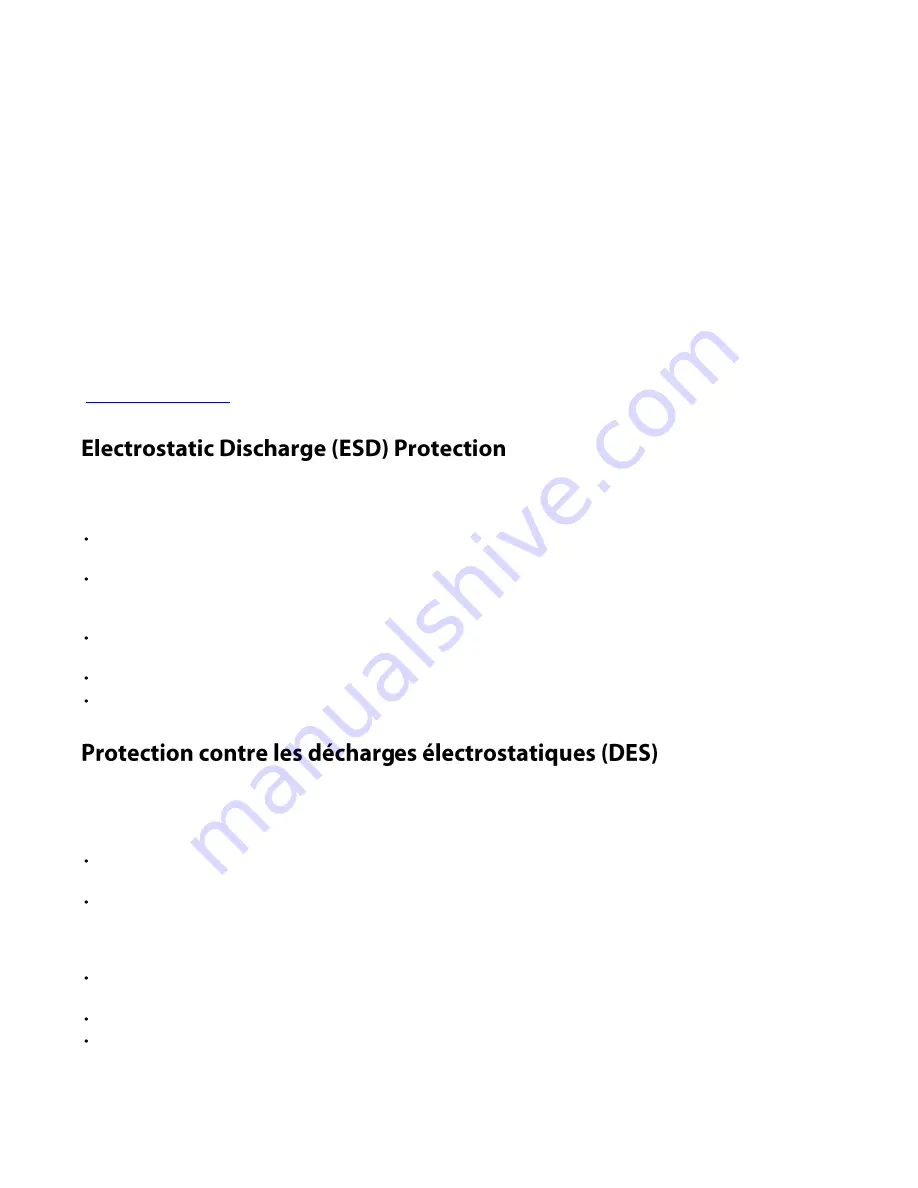
INSTALLATION AND OPERATION GUIDE
4 | XIP-3901
Terms and Conditions
Please read the following terms and conditions carefully. By using XIP 3901 documentation, you agree to the
following terms and conditions.
Grass Valley hereby grants permission and license to owners of XIP 3901 to use their product manuals for their
own internal business use. Manuals for Grass Valley products may not be reproduced or transmitted in any form
or by any means, electronic or mechanical, including photocopying and recording, for any purpose unless
specifically authorized in writing by Grass Valley.
A Grass Valley manual may have been revised to reflect changes made to the product during its manufacturing
life. Thus, different versions of a manual may exist for any given product. Care should be taken to ensure that one
obtains the proper manual version for a specific product serial number.
Information in this document is subject to change without notice and does not represent a commitment on the part
of Grass Valley.
Warranty information is available from the Legal Terms and Conditions section of Grass Valley’s website
(
Electrostatic discharge occurs when electronic components are improperly handled and can result in intermittent
failure or complete damage adversely affecting an electrical circuit. When you remove and replace any card from
a frame always follow ESD-prevention procedures:
Ensure that the frame is electrically connected to earth ground through the power cord or any other means if
available.
Wear an ESD wrist strap ensuring that it makes good skin contact. Connect the grounding clip to an
unpainted surface
of the chassis frame to safely ground unwanted ESD voltages. If no wrist strap is available,
ground yourself by touching the
unpainted
metal part of the chassis.
For safety, periodically check the resistance value of the antistatic strap, which should be between 1 and
10 megohms.
When temporarily storing a card make sure it is placed in an ESD bag.
Cards in an earth grounded metal frame or casing do not require any special ESD protection.
Une décharge électrostatique peut se produire lorsque des composants électroniques ne sont pas manipulés de
manière adéquate, ce qui peut entraîner des défaillances intermittentes ou endommager irrémédiablement un
circuit électrique. Au moment de remplacer une carte dans un châssis, prenez toujours les mesures de protection
antistatique appropriées :
Assurez-vous que le châssis est relié électriquement à la terre par le cordon d'alimentation ou tout autre
moyen disponible.
Portez un bracelet antistatique et assurez-vous qu'il est bien en contact avec la peau. Connectez la pince de
masse à une
surface non peinte
du châssis pour détourner à la terre toute tension électrostatique indésirable.
En l’absence de bracelet antistatique, déchargez l’électricité statique de votre corps en touchant une surface
métallique
non peinte
du châssis.
Pour plus de sécurité, vérifiez périodiquement la valeur de résistance du bracelet antistatique. Elle doit se
situer entre 1 et 10 mégohms.
Si vous devez mettre une carte de côté, assurez-vous de la ranger dans un sac protecteur antistatique.
Les cartes qui sont reliées à un châssis ou boîtier métallique mis à la terre ne nécessitent pas de protection
antistatique spéciale.



































